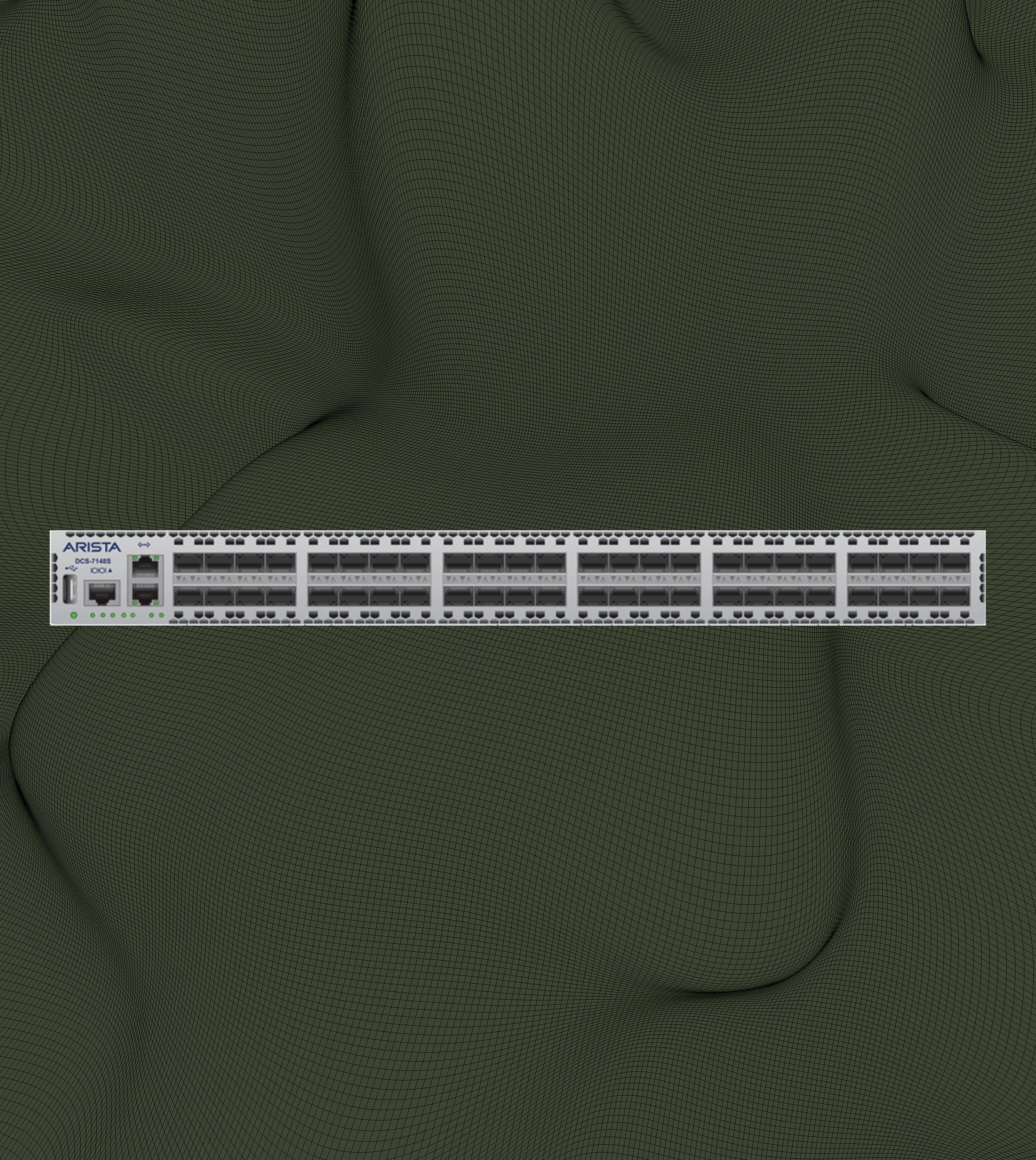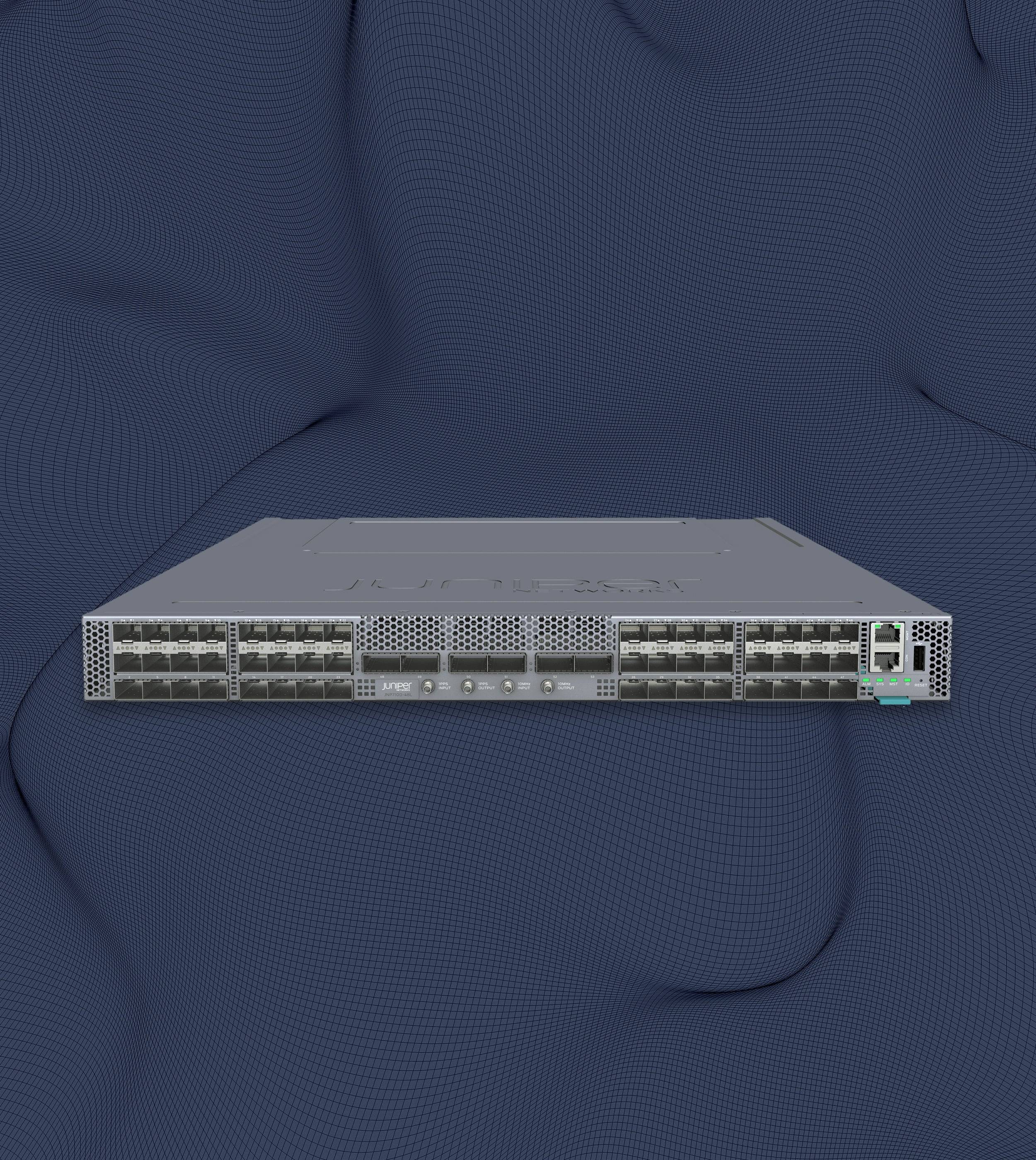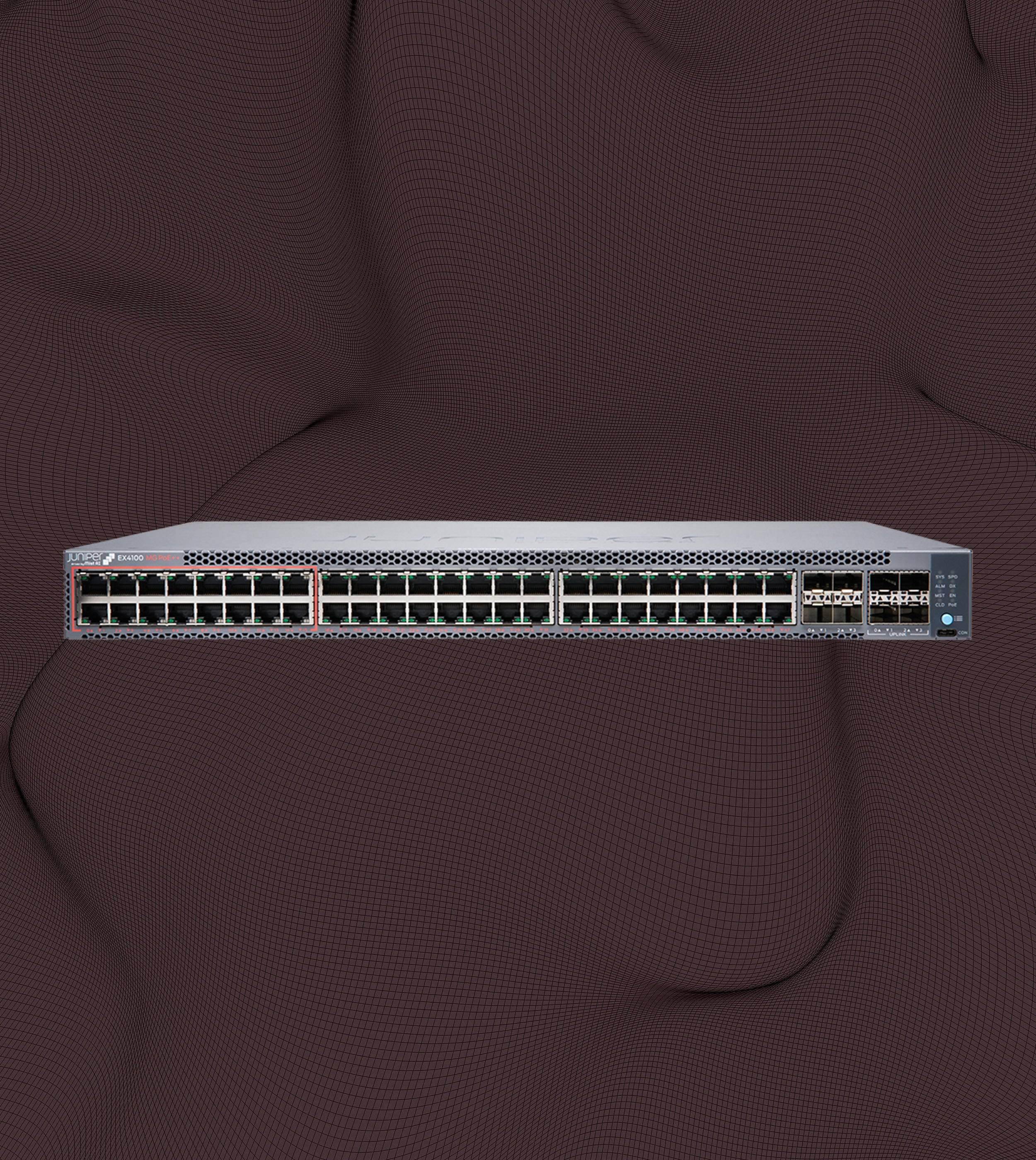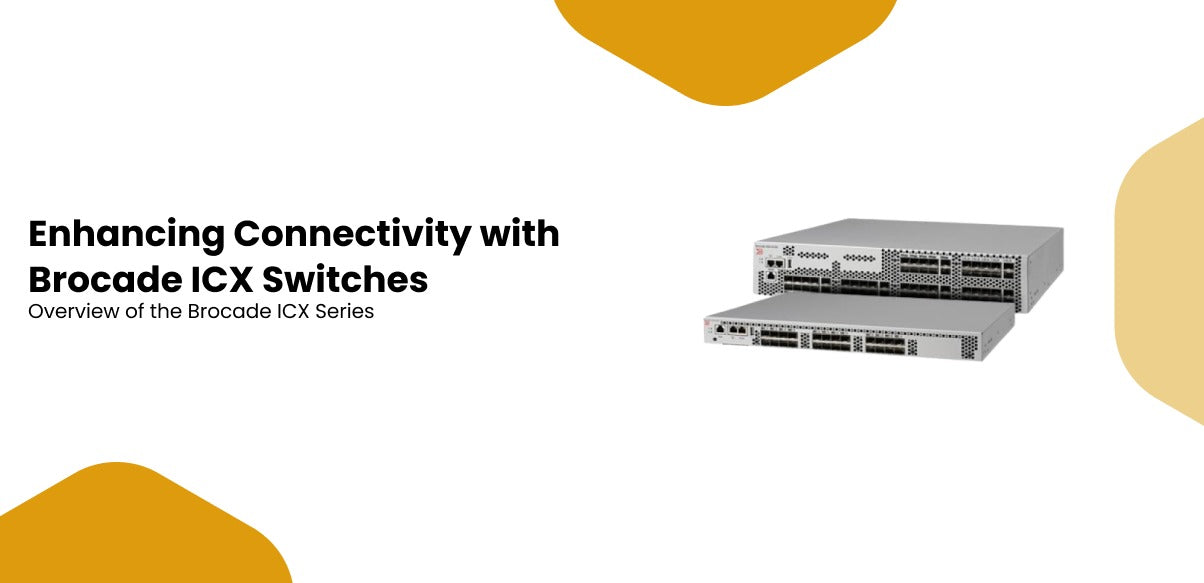The Juniper EX 4300 switch is flexible and economical for SMBs or small and medium enterprises. It can accommodate up to 48 GbE interfaces and up to four 40GbE uplinks, which makes it perfect for companies seeking reliable performance rather than a large network, which can only have up to four 40GbE connections. The EX4300 is stackable, and in environments, up to 10 units can be managed as a single logical device, which is beneficial where networks are expanding.
Key features of the Jupiter EX4300
Virtual Chassis technology: Enables two or more switches to be connected and controlled as a single device.
Power over Ethernet (PoE) and PoE+ support: This option suits companies that require power for devices such as IP phones, wireless access points, and video surveillance cameras.
Multicast routing and Layer 2/3 switching: It ensures the delivery of firm data, making it ideal for high-demand data.
Energy efficiency: Due to its low energy consumption, it is considered an environment-friendly lighting solution for companies that wish to reduce their electricity expenses.
For this reason, the EX4300 offers outstanding solutions in networks for which flexibility and reasonable performance are particularly important. It is an ideal option for offices, schools, and shop floors where SMEs are in place and need a network switch that could have excellent performance and manageability to enhance their network and install a remarkable network environment. However, it does not entitle serious colossal data center speeds or scalability.
Juniper EX4600
The Juniper EX4600, on the other hand, is a high-performance switch with features that can support larger entities and data centers. It supports up to 72 10GbE ports and up to six 40GbE or 100GbE uplink ports, providing throughput far and above that of the EX4300. It also offers higher-speed stacking using the Virtual Chassis technology and ties with EX4300 switches to create a mixed stack, making the switches enormously versatile in multilayered networks.
Key features of the EX4600
High-density of 10GbE ports: It makes the EX4600 a perfect fit for big enterprise deployments where bandwidth is a key factor, and latency can not be tolerated.
Advanced Layer 3 routing: The switch can support BGP, OSPF and, IS-IS and this means that it is more appropriate for large complex multilayer networks.
Data center-ready: Such features, for instance, MACsec, enhance security as they encrypt traffic that is within a data center.
Scalability: This switch can be stacked with other EX switches, it means that its capability can expand progressively according to the development of a business’s network. Scalability: This switch can be stacked with other EX switches, progressively increasing the capacity of a business’s network.
Automation: The switches are programmable to automation tools such as Junos OS and Python scripting, so using EX4600 simplifies the networks and cuts operational labor.
The EX4600 is designed for applications such as data centers, cloud providers, and large enterprises that require a high-speed connection and the latest routing technology.
Use Cases and Ideal Business Environments
EX4300 best suited for
Small to medium-sized enterprises: The switch is fairly well balanced concerning its performance, handling, and costs. This is ideal for offices or any organization that operates moderately over the network but needs this network to be very reliable and flexible.
Educational institutions: From the above features, it will be evident that the EX4300 is particularly convenient for schools or universities due to the presence of Power over Ethernet (PoE) to power various types of devices without the need for an individual power supply.
Retail environments: Security businesses that need multiple connected devices, such as point-of-sale systems, security cameras, and wireless access points, will be comfortable with the EX4300 since it has all the features they need.
EX4600 best-suited for
Data centers: Its Density of 10GbE ports and support of 100GbE uplink make it ideal for large data centers with large data transfers like of Digitital marketing agency and Low latency requirements.
Large enterprises: The EX4600 would prove to be very useful for introducing network technologies that would have more complex architectures, more Layer 3 capabilities and for connection and data transfer, faster.
Cloud service providers: The EX4600 has scalability and security solutions such as MACsec as well as automation solutions and is suitable for immensity virtualized and cloud applications.
Final comparison
If you have to decide between Juniper EX4300 and EX4600 the first device is better for SMBs who need a solid performance with a lower price. It comes with standard features that include PoE, layer two and three switching, and stacking. For big organizations or a data center that is busier and more complex in terms of requirements, the EX4600 offers more capabilities and greater routing.






Leave a comment
This site is protected by hCaptcha and the hCaptcha Privacy Policy and Terms of Service apply.